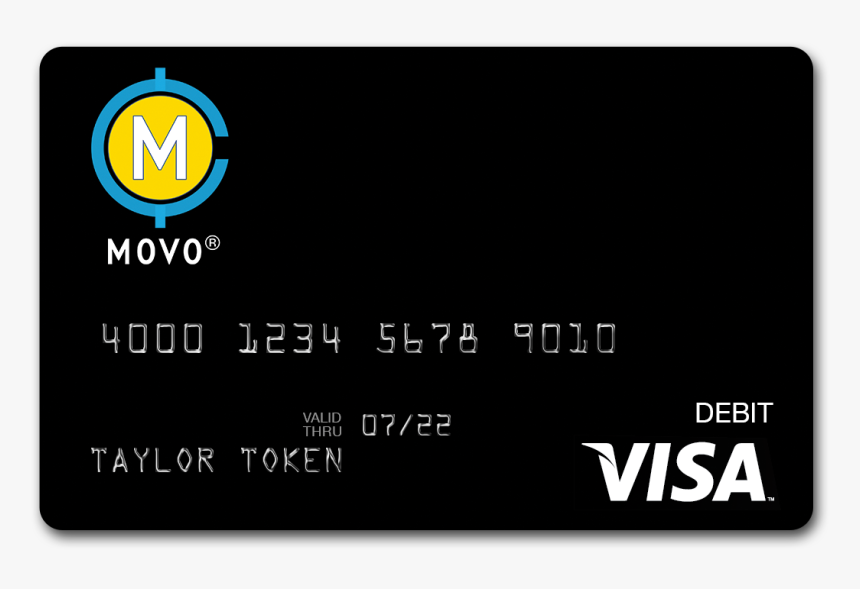Stablecoins Under Scrutiny: Can They Survive the Regulatory Crackdown?

In the fast-evolving landscape of digital finance, stablecoins like Tether (USDT) and USD Coin (USDC) have emerged as critical bridge assets, promising price stability by pegging their value to fiat currencies. Yet, these financial instruments now find themselves at the center of intense regulatory scrutiny and existential challenges, as concerns over reserve transparency and competition from central bank digital currencies (CBDCs) threaten to reshape their role in the global economy.
The Cloud of Reserve Transparency
The foundational promise of stablecoins lies in their ability to maintain a 1:1 peg with fiat currencies, typically the U.S. dollar, through adequate reserve backing. However, the opacity surrounding the composition of these reserves has long troubled regulators and investors alike. Tether, the largest stablecoin by market capitalization, spent years fending off allegations of insufficient reserves, finally revealing in 2021 that its holdings included commercial paper, corporate bonds, and other less liquid assets alongside cash and cash equivalents. While the company now publishes monthly attestations, questions persist about the quality and accessibility of these reserves during market stress.
The March 2023 collapse of Silicon Valley Bank (SVB) highlighted these vulnerabilities in stark relief. USD Coin, which held a significant portion of its reserves in SVB, saw its peg momentarily break as fears of bank insolvency spread. Although the stablecoin quickly regained parity after the U.S. government guaranteed deposits, the incident underscored the systemic risks posed by centralized reserve management and overreliance on traditional banking infrastructure. Regulators such as the U.S. Securities and Exchange Commission (SEC) have since intensified calls for stablecoin issuers to adopt stricter reserve disclosure standards, proposing rules that would require real-time reporting of asset compositions and liquidity levels.

CBDCs: The Sovereign Alternative
As stablecoins grapple with regulatory pressure, central banks worldwide are accelerating the development of their own digital currencies. CBDCs offer governments a means to digitize fiat money while maintaining full control over monetary policy and financial stability. The European Central Bank's digital euro project and the U.S. Federal Reserve's ongoing exploration of a digital dollar represent strategic responses to the rise of private stablecoins, aiming to provide a state-backed, universally accessible payment system without the risks of decentralized issuance.
CBDCs possess inherent advantages in regulatory compliance and transparency. Unlike stablecoins, which operate in a legal gray area between securities, commodities, and payment instruments, CBDCs would be directly supervised by central banks, ensuring alignment with anti-money laundering (AML) and know-your-customer (KYC) requirements. They also eliminate the need for private entities to manage reserve pools, as their value would be guaranteed by the full faith and credit of sovereign governments. This regulatory clarity and institutional backing could attract risk-averse users and financial institutions wary of the operational uncertainties plaguing stablecoins.
The Road Ahead for Stablecoins
The survival of stablecoins in the face of regulatory crackdowns and CBDC competition hinges on their ability to adapt. Issuers must prioritize enhancing reserve transparency, moving towards more liquid and auditable assets like Treasuries while reducing exposure to volatile or opaque instruments. Collaborating with regulatory bodies to establish standardized oversight frameworks—such as segregated reserve accounts and third-party custodians—could help build trust and avoid classification as unregulated securities.
Moreover, stablecoins can leverage their decentralized nature and technological agility to carve out a niche distinct from CBDCs. In regions with unstable fiat currencies or limited banking access, stablecoins offer borderless, instant payments and a store of value that government-backed digital currencies may struggle to replicate. By focusing on interoperability with blockchain ecosystems and maintaining their role as on-ramps to decentralized finance (DeFi), they can appeal to tech-savvy users who value financial autonomy alongside stability.

Conclusion
Stablecoins stand at a crossroads, confronting both existential threats and transformative opportunities. While regulatory demands for transparency and the rise of CBDCs pose significant challenges, these pressures also present a chance for the industry to mature. By embracing rigorous reserve practices, fostering regulatory cooperation, and emphasizing their unique value propositions, stablecoins may yet survive the current storm—evolving from controversial innovators into regulated, resilient components of the digital financial system. As governments and markets navigate this new terrain, the balance between innovation and stability will determine whether stablecoins remain a fleeting trend or become a lasting fixture in the global economy.
(Writer:Lorik)




